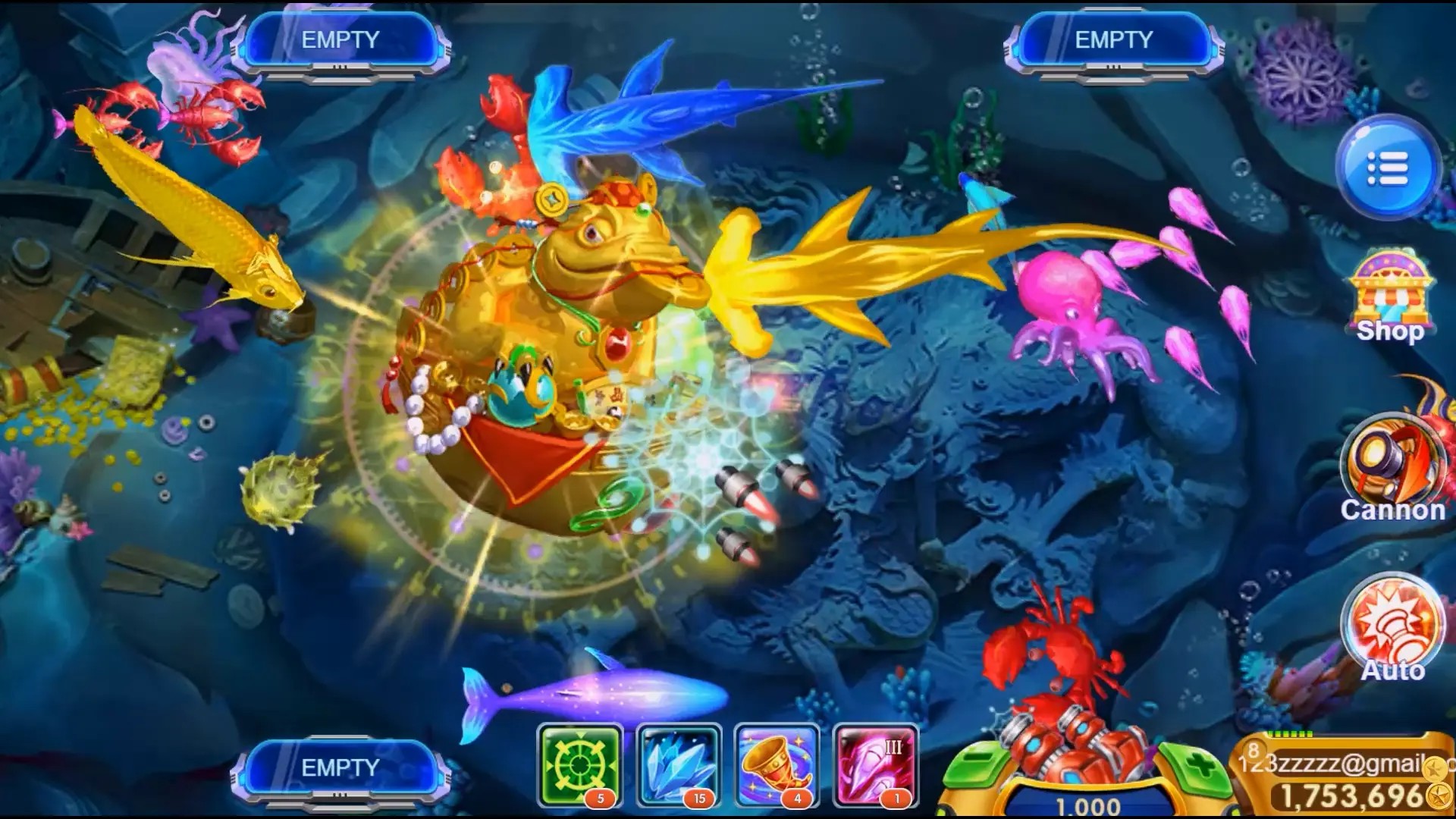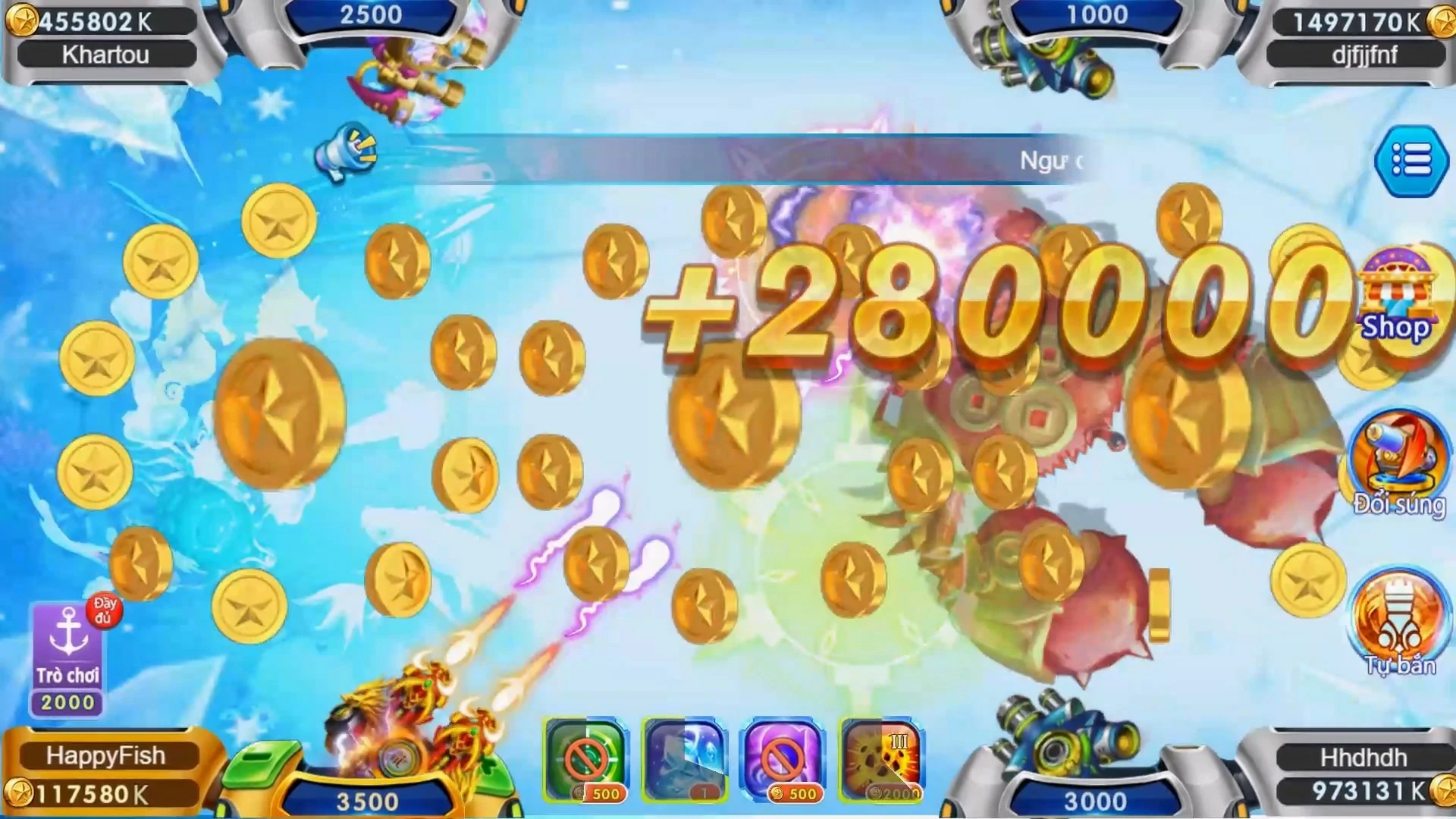Building Games: How Educational Games Inspire Creativity and Learning
In the realm of building games, where bricks take the form of castles and roads wind through vast landscapes, lies a metaphor for education itself. As players construct their worlds, they learn not only the art of creation but also the craft of thinking critically. Welcome to a universe where learning and fun intermingle seamlessly, creating a unique tapestry of experience that encourages creativity among players.
The Marvel of Building Games
Building games have a unique charm that draws players of all ages. Whether it be the intricate designs in educational games or the collaborative efforts seen in the digital playgrounds of “good Clash of Clans," the possibilities seem endless. One may wonder: what is it about these games that fosters such an engaging learning environment?
- Creativity is nurtured through open-ended gameplay.
- Strategic thinking is rewarded during architectural challenges.
- Players learn teamwork while collaborating in building massive structures.
Inspiring Creators: The Heart of Educational Games
Educational games often blend narrative with skillful design, making players more than mere participants; they become architects of their own stories. These games serve as a canvas, with each decision made contributing to a larger picture. Importantly, they invite players to navigate challenges that test their intelligence and creativity.
How Building Games Enhance Learning Experiences
Within the flexible environment of building games, players can explore various educational concepts. For example:
| Game | Learning Objective | Creativity Boost |
|---|---|---|
| LEGO Worlds | Engineering Principles | Players design their structures. |
| Minecraft | Resource Management | Creating complex systems and ecosystems. |
| Roblox | Programming Basics | Users develop their games. |
Players in a World of Possibilities
When players engage with these building games, they enter a world not just filled with pixels but with limitless possibilities. Imagine a child learning the fundamentals of architecture, all while battling imaginary dragons and constructing towns. Even as they savor victory, they grasp essential skills for tomorrow's challenges.
In fascinating formats—aesthetically crafted environments and compelling narratives—these games enlighten players about the consequences of their choices. “How much do Delta Force make?" one might ask, weaving real-world knowledge into game mechanics that teach financial literacy without the tediousness.
The Importance of Collaboration
Building games offer a unique opportunity for collaboration. Friends gather to brainstorm, strategize, and build their masterpieces. Here’s how teamwork enhances creativity:
- Pooling ideas leads to innovative solutions.
- Different perspectives foster richer gameplay.
- Celebrating collective achievements boosts morale.
Challenges as Learning Opportunities
Every great builder faces challenges! In educational games, obstacles provide a platform for improvement. Players learn to handle setbacks with resilience, whether it’s modifying a design or rerouting a strategy mid-game. This adaptability translates well into real life, encouraging entrepreneurs to embrace challenges in their endeavors.
Conclusion
In conclusion, building games serve as profound educational tools that inspire creativity and foster learning. They are not simply games, but powerful instruments that can shape the minds of young learners. The blend of fun, challenge, and collaboration provides fertile ground for knowledge to grow. Just as a well-built castle stands tall within its animated universe, so too does the knowledge accumulated through these enriching experiences. The waves of creativity emanating from this fusion of learning and gameplay guarantee a world of wonder for players today and tomorrow.



